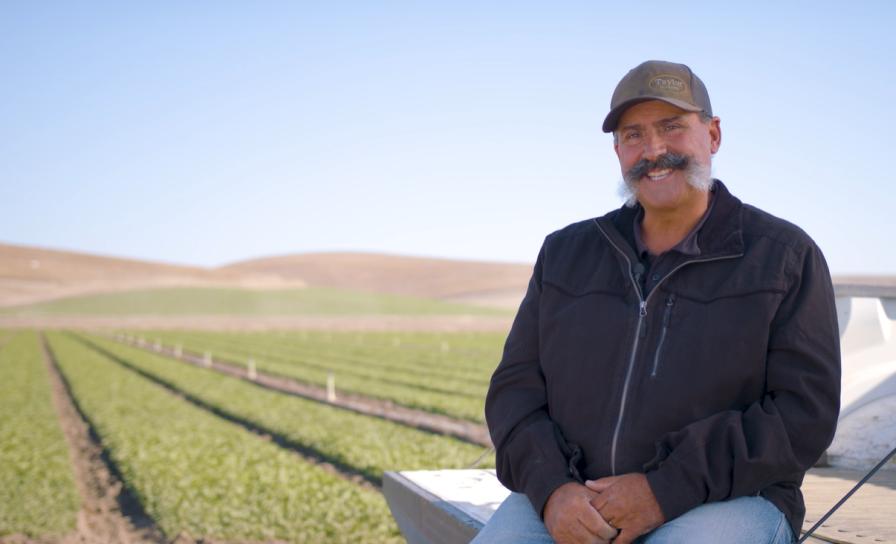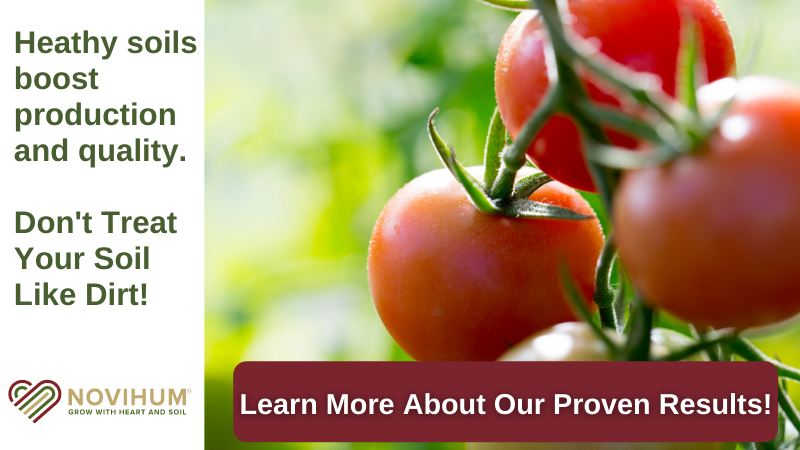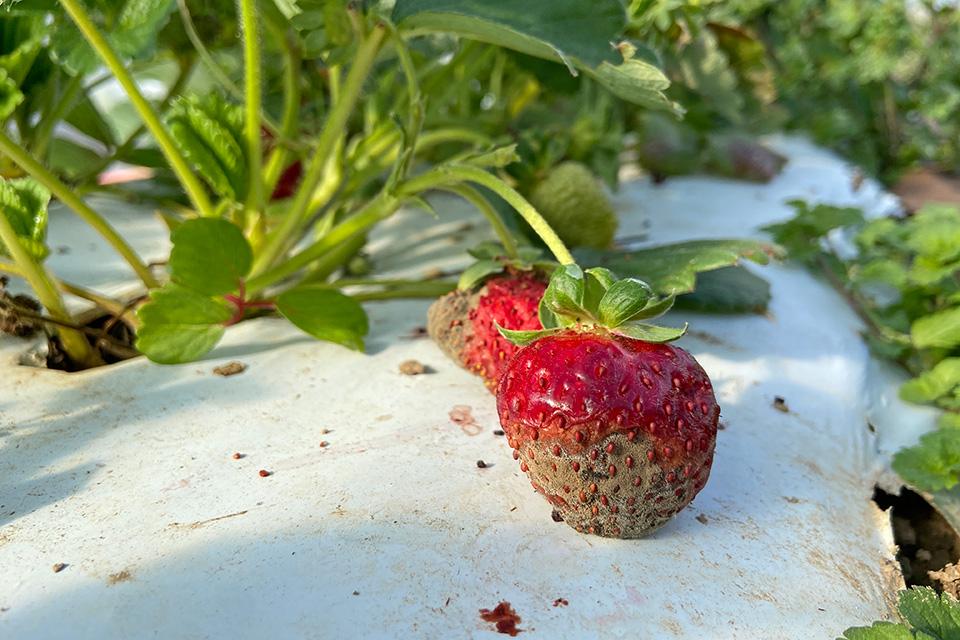“Safe Fruits And Veggies” Campaign In Full Swing
The Alliance For Food and Farming conducted a webinar on Tuesday, May 10, in which it outlined the current status of its “Safe Fruits and Veggies” campaign. The campaign is designed to clear up misconceptions over pesticide residue media reports (such as the Environmental Working Group’s “Dirty Dozen” list) by providing science-based information on the health benefits of a diet rich in fruits and vegetables.
More than that, though, the campaign is driven by the need for the produce industry to speak up in one unified voice to counter these “erroneous claims”, a point driven home by Produce Marketing Association CEO Bryan Silbermann, who led off the webinar by asking the following question: “How did we go from being stewards of the land to becoming a target to those intent on demonizing us?”
Although the Safe Fruit and Veggies campaign is a fairly recent development, it has already demonstrated positive results. Following the release of last year’s “Dirty Dozen” list, the Alliance commissioned an expert panel report that reviewed the science on the potential health effects of pesticide residues. The report concluded that, among other things, the list was misleading because it “was based only upon exposure data while remaining silent about available information on the assessment of the toxicity of pesticides presented in the diet.” Following the release of the report, the EWG acknowledged that people should not stop eating fruit and veggies, since the benefits outweigh the risks. They also acknowledged that shoppers’ guides like the Dirty Dozen list are not always based on risk.
Joining Silbermann on the webinar were Marilyn Dolan and Teresa Thorne with the Alliance for Food and Farming, and Ed Beckman, president of California Tomato Farmers and an Alliance member and Safe Fruits and Veggies subcommittee member. Several key points and issues were addressed during the hour-long presentation:
• The primary component of the Safe Fruits and Veggies campaign is its website, www.safefruitsandveggies.com. The first thing a visitor will notice is that both conventional and organic produce are treated as equals. As the site indicates, “The best thing you and your family could do is eat both.”
• The Alliance is comprised of approximately 50 farm group members, and all funding comes from voluntary donations. One important item to note is that while there are some chemical companies who are members of the Alliance, funding from them is prohibited.
• The primary messaging of the site is that the mere presence of residue does not mean produce is harmful; the benefits of a diet rich in produce outweigh the risks; and the healthiest people are those who eat the most produce. “We have the tools to drive these messages home,” says Beckman.
• While the Alliance members are bringing science-based information to the table, they face an uphill battle in the emotional ties that stories about pesticide residues can create. “The pesticide issue is a favorite among reporters, even if it’s not based on fact, because it’s so emotional,” says Beckman.
• A key feature of the website is a Pesticide Residue Calculator, which shows how much of a given fruit or vegetable someone has to eat to show any sort of side effects.
• Thorne notes that “we need to enter a dialogue which has been dominated by activist groups. Most stories are one-sided, but we are seeing headway. We need help inserting our messaging into reporting, and we need multiple responses, not just one joint letter.”
• Silbermann closed the presentation by arguing that “This is about your livelihood, and your sense of what is right and just.” He said the best thing a grower or an association can do is link their websites to safefruitsandveggies.com, and help respond to media stories using the tools available on the site. “Tell your story. Help take back our message.”
The Alliance for Food and Farming is a non-profit organization compromised of approximately 50 agriculture associations, commodity groups, and individual growers/ shippers who represent farms of all sizes and includes conventional and organic production. The Alliance works to provide a voice for farmers to communicate their commitment to food safety and care for the land.









